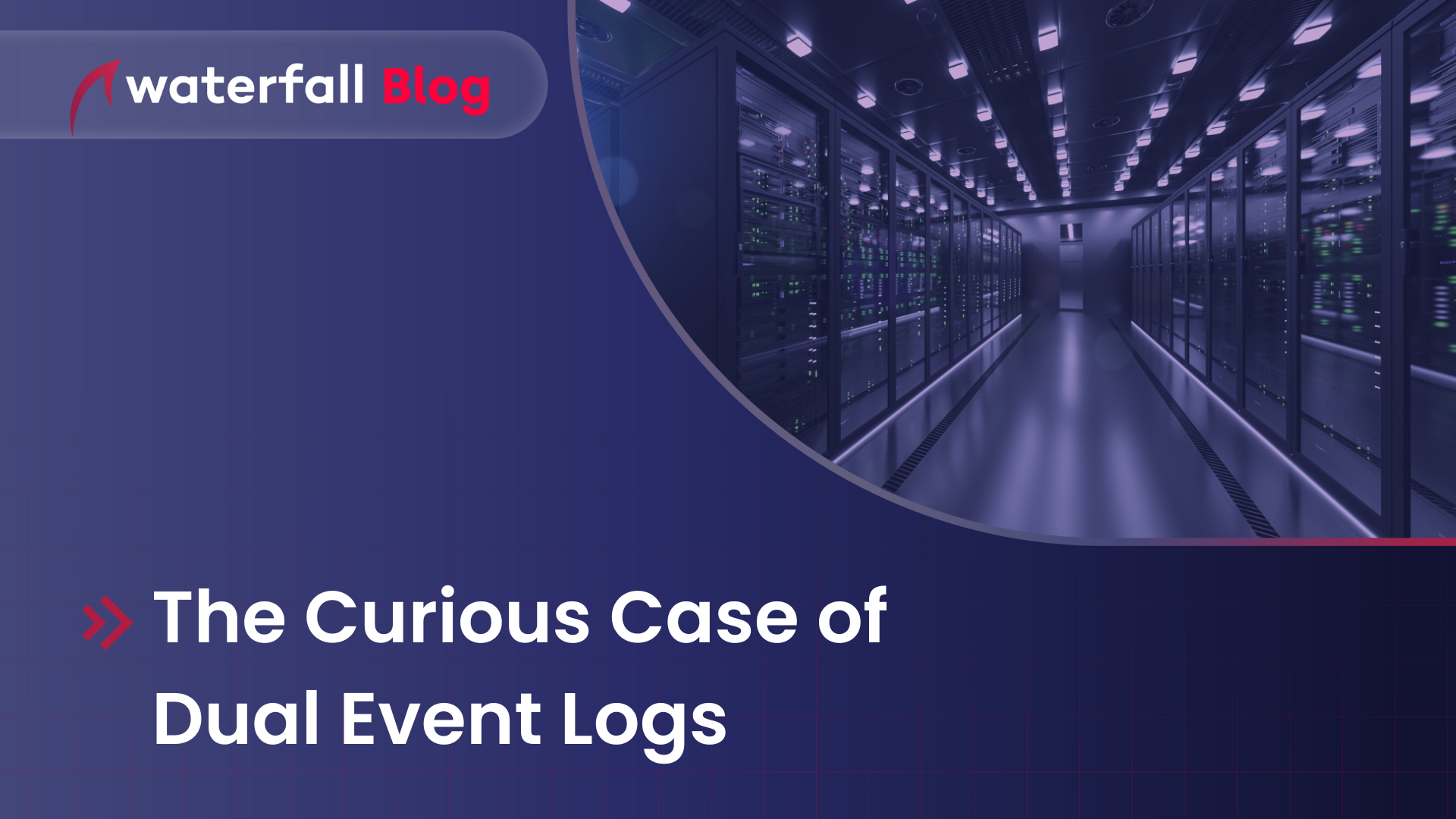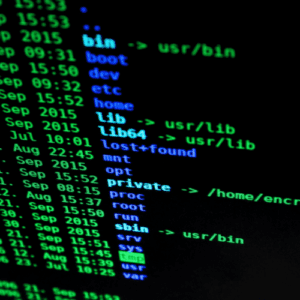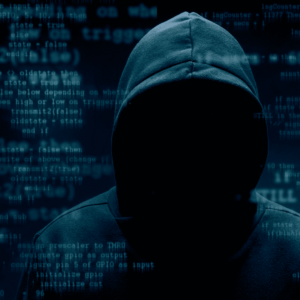The Curious Case of Dual Event Logs
Waterfall team

Unmasking Cyber Attackers Through Comparison
 In the ever-evolving landscape of cybersecurity, organizations face an unrelenting barrage of sophisticated cyber threats. As the techniques employed by malicious actors become increasingly sophisticated, the need for robust defense mechanisms and thorough investigation methods become increasingly critical. One such investigative technique that can provide a significant advantage is the use of dual event logs. By comparing tamper-proof with tampered event logs, cybersecurity professionals can unmask cyber attackers and more importantly, identify how these attackers entered our systems, so that those attack paths can be closed off. In this article, we explore the power of dual event logs and how they enhance the investigation process.
In the ever-evolving landscape of cybersecurity, organizations face an unrelenting barrage of sophisticated cyber threats. As the techniques employed by malicious actors become increasingly sophisticated, the need for robust defense mechanisms and thorough investigation methods become increasingly critical. One such investigative technique that can provide a significant advantage is the use of dual event logs. By comparing tamper-proof with tampered event logs, cybersecurity professionals can unmask cyber attackers and more importantly, identify how these attackers entered our systems, so that those attack paths can be closed off. In this article, we explore the power of dual event logs and how they enhance the investigation process.
“By comparing tamper-proof with tampered event logs, cybersecurity professionals can unmask cyber attackers and more importantly, identify how these attackers entered our systems”
Understanding Event Logs:
Event logs are a digital record of activities occurring within an information system or network. These logs capture valuable information such as user activities, system events, network connections, and security-related incidents. By analyzing event logs, security analysts can often identify patterns, anomalies, and potential security breaches.
The Advantage of Dual Event Logs:
A second, tamper-proof event log adds a layer of investigative power when dealing with cyber incidents. Here’s how:
- Detection of Log Tampering: Cyber attackers often attempt to cover their tracks by altering event logs, erasing evidence of their activities, or modifying timestamps. However, with two event logs available for comparison, investigators can detect discrepancies or changes that attackers have made to the logs. By identifying altered entries or inconsistencies between the logs, analysts can pinpoint the specific areas that attackers tampered with, providing insight into what information the attackers were trying to hide.
- Comprehensive Timeline Reconstruction: When investigating a cyber incident, having a trustworthy event log allows for a comprehensive reconstruction of the timeline leading up to and following an attack. By cross-referencing the logs, analysts can piece together a detailed chronological sequence of events, including any modifications made by the attackers. This timeline reconstruction aids in identifying the initial entry point, and may also help identify lateral movement within the network, and the exfiltration of sensitive data, providing a holistic understanding of the attack’s scope and impact.
- Strengthened Forensic Analysis: Dual event logs provide a solid foundation for forensic analysis. Security teams can utilize the logs to determine the initial attack vector, more reliably identify compromised systems, and help to identify potential vulnerabilities that were exploited. The comparative analysis of logs helps to uncover the attacker’s methods, tools, and techniques, empowering organizations to fortify their defenses and prevent similar attacks in the future.
 In the battle against cyber threats, having the upper hand during the investigative process can mean the difference between viable resolution and prolonged damage. The utilization of double event logs offers a distinct advantage by allowing cybersecurity professionals to compare logs, with real potential for unmasking cyber attackers’ intentions and understanding their modus operandi. By leveraging this technique, organizations can improve their incident response capabilities, enhance attribution accuracy, and fortify their defenses against future attacks. Embracing the power of dual event logs is a step towards building a resilient cybersecurity posture in the face of evolving threats.
In the battle against cyber threats, having the upper hand during the investigative process can mean the difference between viable resolution and prolonged damage. The utilization of double event logs offers a distinct advantage by allowing cybersecurity professionals to compare logs, with real potential for unmasking cyber attackers’ intentions and understanding their modus operandi. By leveraging this technique, organizations can improve their incident response capabilities, enhance attribution accuracy, and fortify their defenses against future attacks. Embracing the power of dual event logs is a step towards building a resilient cybersecurity posture in the face of evolving threats.
Tamper-Proof Logs
How do we make a second tamper-proof log? Well, a unidirectional gateway makes it practically impossible to reach into logs stored behind the gateway and modify or erase them.
Share
About the author
Waterfall team
Trending posts
Stay up to date
Subscribe to our blog and receive insights straight to your inbox